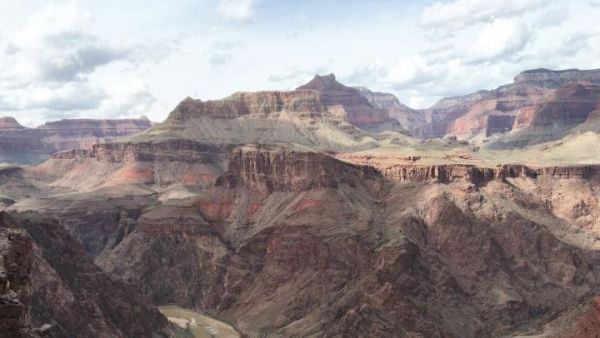Earth’s outer layer is composed of giant plates that grind together, sliding past or dipping beneath one another, giving rise to earthquakes and volcanoes. These plates also separate at undersea mountain ridges, where molten rock spreads from the centers of ocean basins.
But this was not always the case. Early in Earth’s history, the planet was covered by a single shell dotted with volcanoes—much like the surface of Venus today. As Earth cooled, this shell began to fold and crack, eventually creating Earth’s system of plate tectonics.
According to new research, the transition to plate tectonics started with the help of lubricating sediments, scraped by glaciers from the slopes of Earth’s first continents. As these sediments collected along the world’s young coastlines, they helped to accelerate the motion of newly formed subduction faults, where a thinner oceanic plate dips beneath a thicker continental plate.
The new study, published June 6, 2019 in the journal Nature, is the first to suggest a role for sediments in the emergence and evolution of global plate tectonics. Michael Brown, a professor of geology at the University of Maryland, co-authored the research paper with Stephan Sobolev, a professor of geodynamics at the GFZ German Research Centre for Geosciences in Potsdam.
Read more at University of Maryland
Image: This view of the Grand Canyon shows the Great Unconformity, a boundary where nearly a billion years' worth of sedimentary deposits is missing from the geologic record. The boundary can be seen at roughly the middle of this image, separating the older, lumpy and angular rocks below from the younger horizontal layers above. New research suggests that the missing sediments, likely scrubbed away by glaciers during the global "snowball Earth" that ended roughly 635 million years ago, washed away to the oceans, where they lubricated subduction faults and kick-started the modern age of plate tectonics. (Credit: USGS/Alex Demas)


